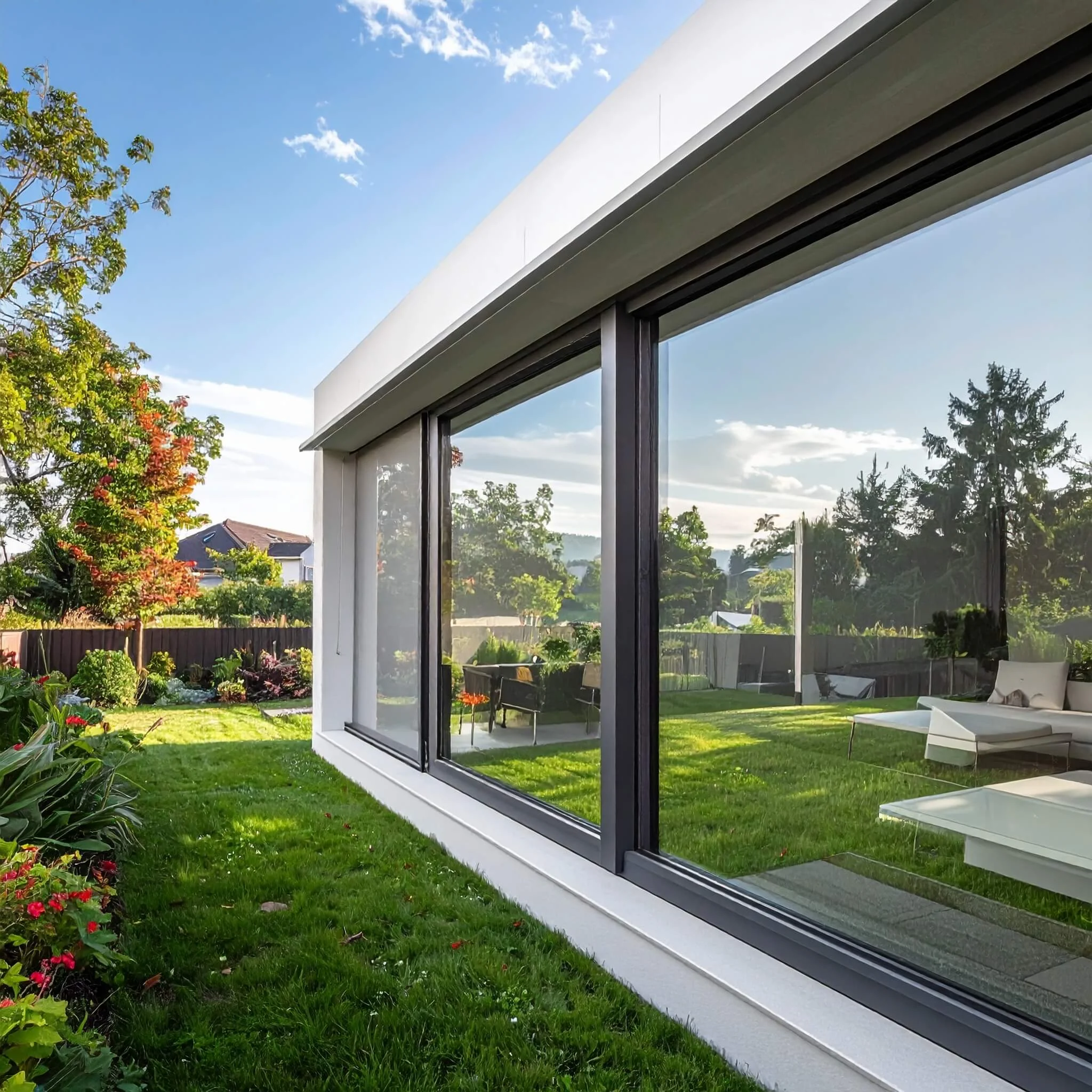As Australian homeowners embrace indoor-outdoor living, retractable fly screens have become an increasingly popular solution for keeping insects out while allowing fresh air and natural light to flow through. Whether you’re renovating or upgrading your windows, choosing the right retractable fly screen can significantly improve comfort, airflow, and even energy efficiency.
But with so many options available, how do you choose the best retractable window fly screens? From materials and mesh types to design and installation considerations, this guide will walk you through what to look for to make the right decision for your home.
Understand How Retractable Fly Screens Work
Retractable fly screens differ from traditional fixed screens in that they roll or slide away when not in use, typically into a slim cassette mounted on the window frame. This makes them an excellent choice for homeowners who want a discreet, space-saving solution that doesn’t interfere with window views or aesthetics.
They’re ideal for casement, awning, double-hung, and even louvre windows, offering flexibility and function for a wide range of styles and sizes.
Consider the Type of Windows in Your Home
Not all retractable fly screens are created equal, and the type of window you have will influence your choice. For example:
- Sliding windows often pair well with horizontally retracting screens.
- Awning or casement windows may require vertically retractable or magnetic screen systems.
- Double-hung windows benefit from flexible screen designs that allow for airflow from the top or bottom.
Choosing a fly screen system specifically designed for your window style ensures a better fit, smoother operation, and longer-lasting performance.
Choose the Right Mesh for Your Needs
The mesh is arguably the most important component of a retractable fly screen, as it directly impacts airflow, visibility, and insect protection. The three main mesh types include:
- Fibreglass mesh: Lightweight and affordable, this is the most common choice for general insect protection and good airflow.
- Pet-resistant mesh: Thicker and more durable, ideal for homes with cats or dogs.
- Micro-mesh: Designed to keep out even the smallest insects like midges, while still allowing airflow and visibility.
In coastal or bushfire-prone areas, you may also want to consider mesh with corrosion resistance or compliance with BAL (Bushfire Attack Level) ratings.
Look for High-Quality Frame Materials
The frame or cassette housing of your retractable fly screen should be made from strong, corrosion-resistant materials. Aluminium is the most popular choice thanks to its durability and lightweight properties, especially when powder-coated for extra weather resistance.
Timber-framed fly screens are also available for heritage-style homes, offering a more traditional aesthetic, though they may require more maintenance over time.
Make sure the screen’s frame colour complements your window frames or exterior design for a seamless look.
Manual vs. Motorised Operation
Retractable fly screens are available with both manual and motorised operation. Manual versions typically feature a pull handle or magnetic closure and are perfect for standard-sized windows.
For larger or harder-to-reach windows, motorised fly screens provide convenient operation at the touch of a button. These are especially useful for high windows, enclosed patios, or as part of an integrated smart home system.
Keep in mind that motorised systems will cost more, but they offer unmatched ease of use and luxury appeal.
Ease of Cleaning and Maintenance
Over time, fly screens accumulate dust, pollen, and insect debris, so choosing a model that’s easy to clean will save you hassle down the track. Look for screens with removable mesh, easy-slide tracks, or accessible cleaning guides.
Some retractable fly screens even feature self-cleaning tracks that help prevent debris build-up, ensuring smooth operation with minimal maintenance.
Regular cleaning will not only keep your screens looking good but also extend their lifespan and effectiveness.
Professional Installation vs. DIY
Many retractable fly screens are marketed as DIY-friendly, but for the best results, professional installation is often recommended. An expert installer will:
- Ensure a precise fit to prevent gaps where insects can enter
- Properly align tracks and cassettes for smooth retraction
- Offer warranties and after-sales support
If you’re confident in your handyman skills, a DIY kit can be a budget-friendly option—just be sure to follow the manufacturer’s instructions carefully.
Match the Screen to Your Home’s Style
Retractable fly screens have come a long way in terms of design and aesthetics. Slimline cassettes, custom colour options, and low-profile tracks allow them to blend seamlessly with modern and traditional architecture alike.
Whether you have a coastal retreat, a heritage cottage, or a contemporary city home, there are fly screen styles and finishes to suit every design palette.
Choosing a screen that complements your window hardware, wall colour, and overall theme enhances the look of your interiors while adding functionality.
Factor in Your Climate and Location
If you live in a tropical or bushfire-prone area, or near the coast, you’ll need to prioritise certain features like high airflow mesh, rust-resistant frames, or ember-proof screening.
Fly screens in regional areas with higher insect populations may need micro-mesh to protect against midges and mosquitos, while homes in colder regions may benefit from thermal mesh to improve energy efficiency.
Choosing a screen tailored to your environment ensures better long-term performance.
Conclusion
Investing in the right retractable fly screen for your windows not only adds comfort to your home but also enhances energy efficiency, indoor-outdoor flow, and overall aesthetics. By considering your window type, mesh requirements, operational preferences, and climate, you can select a solution that’s functional, stylish, and built to last.
With the right screen in place, you can enjoy all the benefits of natural ventilation—without the bugs.
